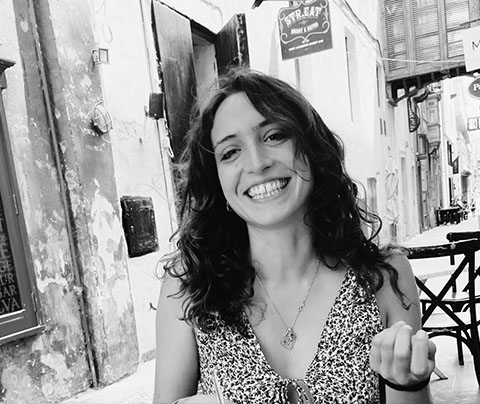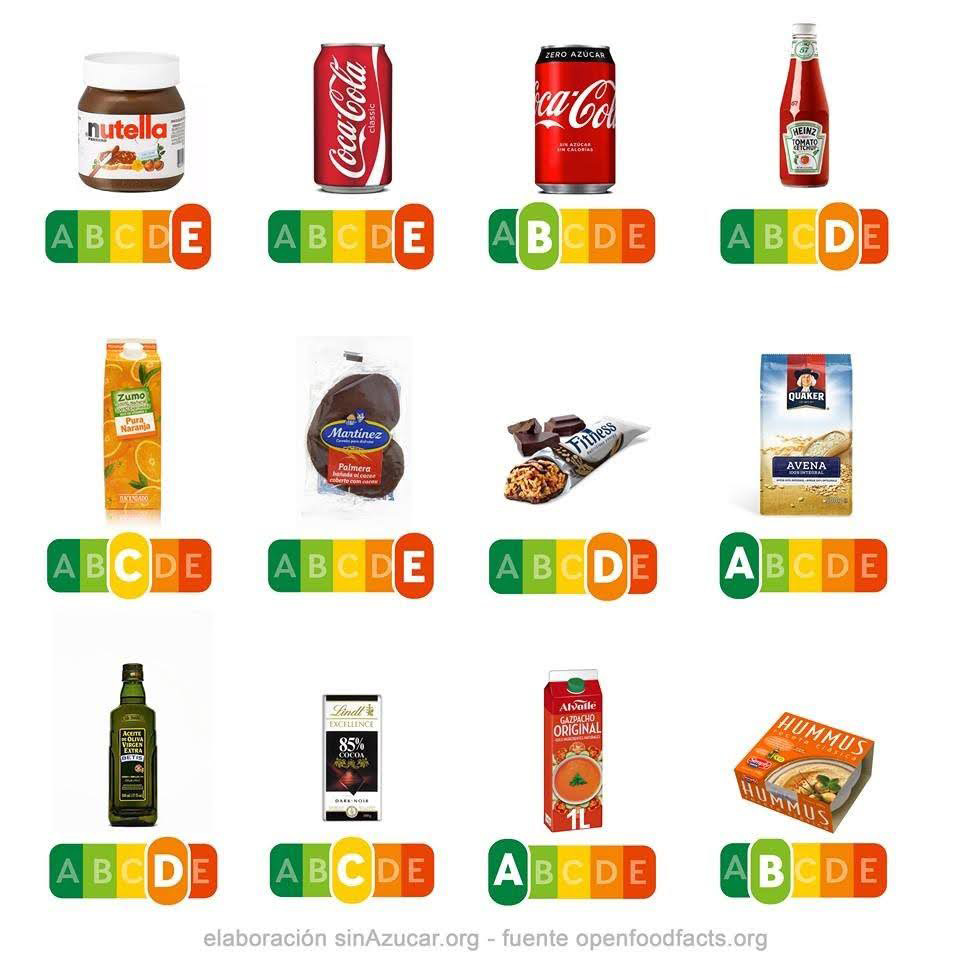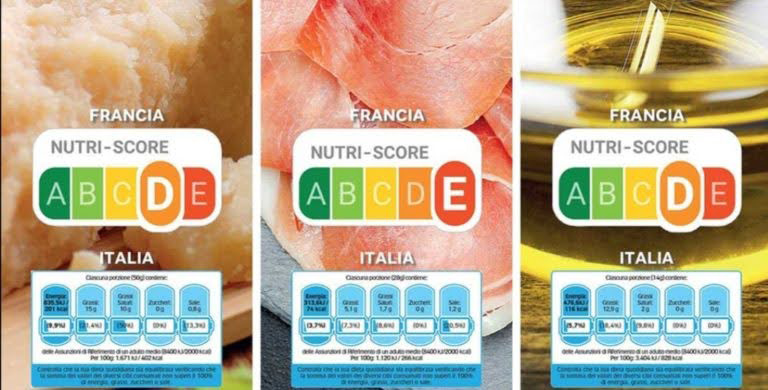The French prototype
Nutri-score works by assigning each food a score made up of 40 negative points – attributed according to the amount of sugars, salts and fats it contains – compensated by another 15 possible points that the product can acquire according to its benevolent qualities, such as, for example, fiber, vitamin or protein intake.
The total score will allow the assignment of a letter (A,B,C,D,E) marked by semaphore colors ranging from red, assigned to E (indicating an unhealthy food), to dark green, A, equivalent to the maximum score for healthy quality.
The doubts and the Italian alternative
Let us now come to the object of contention: according to the classification proposed by the Nutri-score, many Italian products, (some of them PDO and PGI) such as Grana Padano, or extra virgin olive oil, would slide to the bottom of the ranking, with consequent negative repercussions for the flourishing agri-food economy. Thus was born the Nutri-inform battery variant, whose name already emphasizes a distinct positioning from that of the French solution, based on the score – score -, proposing instead an information matrix, – inform -.
The accusation made by the Italian government, in agreement with Confagricoltura and Coldiretti, criticizes the Nutri-score of superficiality, pointing out how the parameters used by the tool end up favoring highly processed foods, whose content of sugars and salts is in accordance with a balanced diet, without integrating other substances used during processing, potentially harmful to health (such as aspartame), into the evaluation. The values, moreover, refer to 100g of product, a measure considered to be random since there are products whose standard portions are significantly higher or lower than the weight considered.
We now come to the Italian proposal. The graphics adopted for Nutriform battery certainly appear less blatant: the proposed label is monochrome, light blue, and represents a battery, which, the fuller it is the more it indicates the unhealthiness of the food; on the contrary, an empty battery means that what we are buying is healthy, thus low in fats, salts and sugars. However, similar to what happens with electronic instruments, an empty battery is automatically associated with a malfunction and therefore discarded in favor of a full charge, contrary to what the label would propose.
To explain it with an example, having to choose between two packages of cookies one with little battery, and the other with full charge the consumer might be pushed toward the purchase of the second apparently ”better” one.
The physical Italian label is accompanied by a QR code that links to the app of the same name, which, however, as many reviews testify, has not been slow to show signs of inadequacy.
A good opportunity to empower consumers and companies
Although the adoption of the food label has been delayed for a year, much to the satisfaction of our country and its European allies, action to incentivize a better diet cannot do the same. Discussing it, highlighting the human health impacts of an unbalanced diet, could be an opportunity to talk about the related environmental impacts as well.
As shown in the graph, – and as has already been widely demonstrated and discussed – intensive livestock farms for meat production, in addition to causing enormous animal suffering, are responsible for 14.5% of total greenhouse gas emissions. Directing the consumer toward a more conscious choice by creating a label that highlights, in addition to the nutritional properties, the environmental consequences of the goods we are about to buy could be an incentive for both the consumer himself, and the producing companies, toward a more sustainable future. On the other hand, it is also fair to remember the social side of the matter: in fact, the possibility of buying healthier kinds of goods often turns out to be too expensive a choice for the growing number of families in economic difficulty. Unless we start from this premise, prioritizing measures that mitigate the social gap, no label will ever be truly effective.

Graduated in Modern Literature (UniVe), she is continuing her studies with a master’s degree in Environmental Humanities. Close to environmental and geopolitical issues, she finds in Atmosphera Lab, with which she is pleased to collaborate, an opportunity to deepen and share issues dear to her heart.








